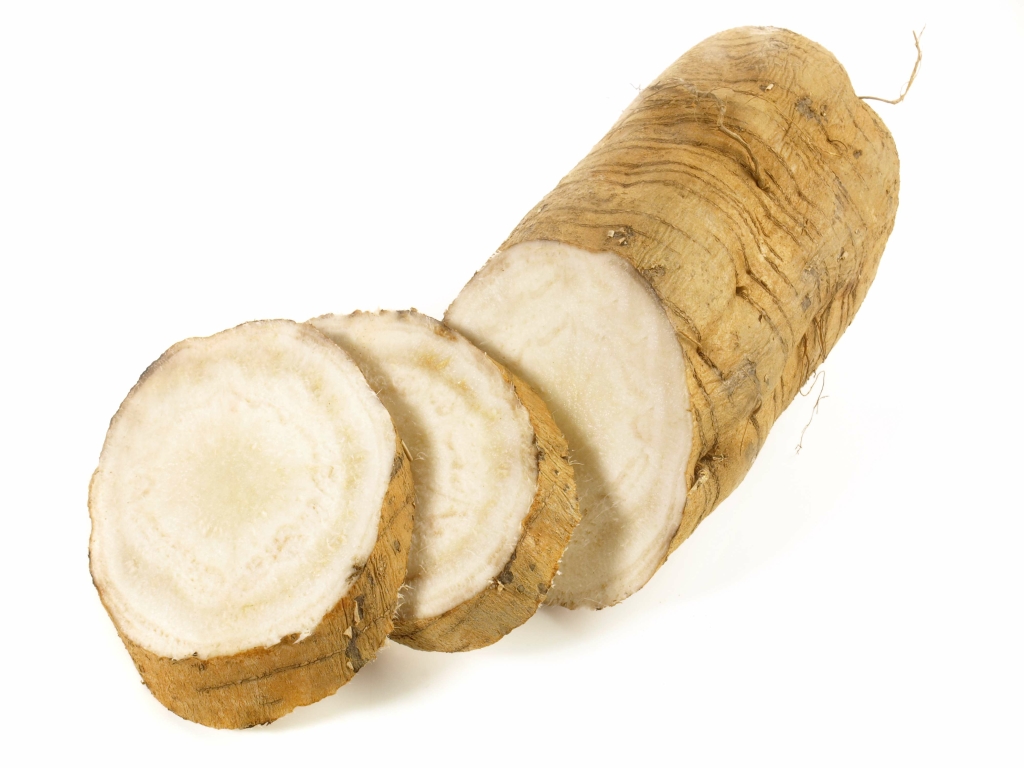These criteria define diabetes by a fasting plasma glucose (FPG) level ≥7.0 mmol/l or a venous plasma concentration ≥11.1 mmol/l 2 h after a 75-g oral glucose challenge (14). The American Diabetes Association (ADA) can diabetics get drunk also includes as sufficient criteria symptoms of hyperglycemia and a random plasma glucose concentration ≥11.1 mmol/l (1). The criteria, however, changed in 1996 (ADA) and 1999 (WHO) from an FPG ≥7.8 mmol/l.
However, some studies don’t account for frequency, the population being studied, and the types of beverages consumed. After extensive counseling about the health influences of alcohol and the risk of hypoglycemia, S.E. In addition to her clinic visits with the physicians and nurses, telephone conversations to follow up on her glycemic control and insulin administration were necessary. A team approach with gradual increases in insulin doses resulted in successful and safe management of her diabetes. Heterogeneity between sampled studies was high, complicating interpretation. For instance, more than one-third (39%) of selected studies provided crude or age-adjusted data, while just six studies (16%) gave consideration to the effect of dietary factors.
Medical Links
This organ stabilizes glucose levels by storing carbohydrates and releasing them into the bloodstream between meals and overnight. It’s also the body’s detoxification center, breaking down toxins like alcohol so the kidneys can easily flush them away. Take a look at the numbers and you’ll find that only moderate drinkers have less cardiovascular disease. Those on the opposite ends of the spectrum—people that drink heavily and those that don’t—have a greater risk. The increase in blood sugar levels gives way to hyperglycemia, or too-high blood sugar.

Odds ratios (ORs) and 95% confidence intervals (CIs) for alcohol consumption (2002) in association with subsequent type 2 diabetes (2003–2011). People with type 2 diabetes during follow-up (2003–2011) were identified by self-report (SPHC in 2010) and by their ICD codes (E10-E14) recorded in VAL and PR (2003–2011). The self-reported data were obtained by survey response to the question ‘Have you ever been diagnosed with diabetes by a medical doctor?
Effects of Alcohol Consumption in the Fasting State
This causes blood sugar to rise because insufficient insulin is available to allow it to enter the cells. Many people do not have symptoms, and some experience symptoms that are too mild to notice. Sometimes individuals do not discover they have diabetes until they develop one of the complications, such as heart disease. Weight loss without obvious causes may be a symptom of type 2 diabetes. Obvious causes of weight loss include intentionally dieting, exercising regularly, or taking diuretics, which are medications that increase urination.
- The mode of ascertainment of diabetes, self-report versus objective measurement, did impact the risk relation with volume of alcohol exposure but only for men; there was no effect for women.
- Type 2 diabetes, which in most cases develops in people over age 40, has a somewhat different pathophysiology than type 1.
- Accordingly, physicians who treat diabetics known to consume large amounts of alcohol must be aware of the risk of alcoholic ketoacidosis in those patients.
- When consumed on their own, hard liquors provide 0 grams of carbs but may lead to very low blood sugar levels.
